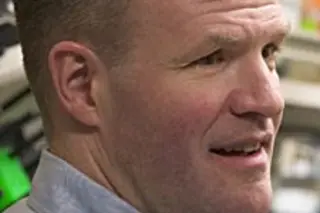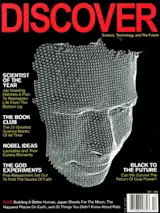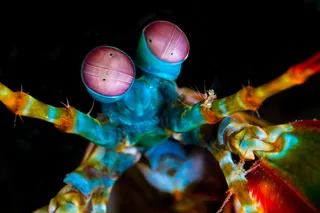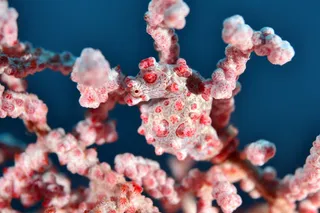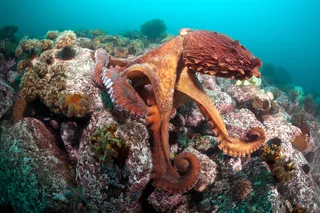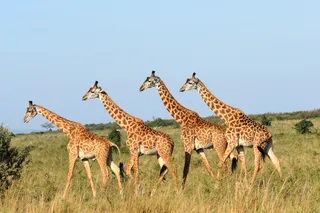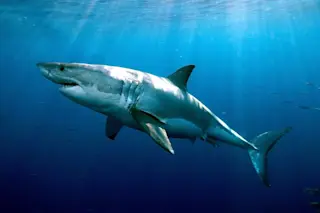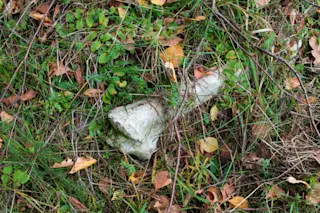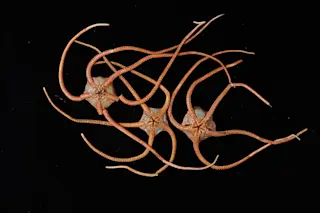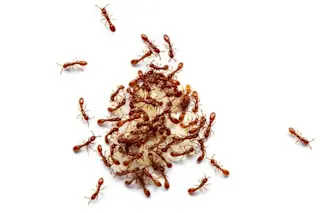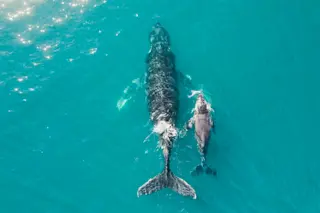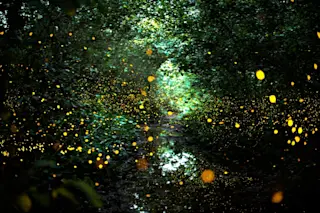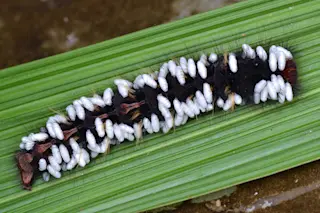Which scientist had the greatest impact in the past year? Mike Brown of Caltech forced astronomers to rethink what a planet is. Neil Shubin of the University of Chicago found a key fossil showing how life moved onto land. Emma Whitelaw of the Queensland Institute of Medical Research documented how heredity extends beyond genes. NASA's James Hansen bolstered the case for global warming and spoke out against government censorship. And these were just some of our finalists.
In the end we zeroed in on one researcher whose work stands out even in this illustrious company. We are pleased to announce Jay Keasling as the winner of DISCOVER's first Scientist of the Year award.
2006 Scientist of the year: Jay Keasling
Chemical engineer at the University of California at Berkeley
It's easy to be amazed by 21st-century feats of genetic engineering. Genes can be moved from one species to another, creating, ...


